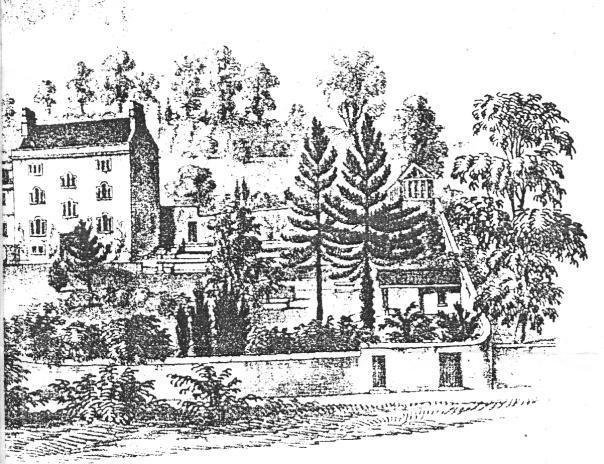The Unitarian movement has origins in the mid 16th century in Poland (as the Minor Reformed Church of Poland) and Transylvania. The Unitarian Congregation in Bath originated in 1672 as a group of Presbyterians, probably meeting in a barn of Barton Farm House in the vicinity of Old King Street. The congregation was formally established in 1688 and its first chapel was in Frog Lane, now New Bond Street, built in 1692.
The Doctrine of the Trinity Act 1813 amended the Blasphemy Act of 1697 in relation to its trinitarian provisions and granted toleration of Unitarian worship. The original act made it an offence to deny the Holy Trinity, claim the existence of more than one god, to deny the truth of Christianity and to deny the divine authority of the Bible. The penalty for a first offence was not being able to hold an office of trust and for a second offence not being able to act as guardian or executor and three years imprisonment.
Later Unitarian chapels were in Princes Street and then Trim Street (built in 1795 by John Palmer). The burial ground is located in Lyncombe Vale on land donated by Henry Edward Howse, the then owner of Lyncombe Hall, and opened in 1819.
 Location of the cemetery |  Cemetery layout (courtesy of Bath Record Office) |
 An early view of Lyncombe Hall with, in the centre, the location of the burial ground (courtesy of Keith H Fullalove). |
According to the plan of the layout of the cemetery there were 169 plots. The burial register at Bath Record Office started in 1837 and has 402 entries. However only the first 160 or so are for burials in Lyncombe Vale, the remainder specify which other cemetery was used. From the mid-19th century burials of nonconformists occurred in the ‘unconsecrated’ sections of cemeteries established by the ward-based burial boards.
The upper section of the cemetery (70 feet (21m) in length) had plots of 7½ feet by 3½ feet while the lower section 6½ feet by 2½ feet and the cost of a plot was original set at 2 guineas, this doubled if a walled rather than an earth grave was used.
From The Historic Guide to Bath by Rev. G. N. Wright (1864):
UNITARIAN CEMETERY -This exquisitely beautiful spot, in the lonely glen of Lyncombe, was presented to his brethren by E. Howse, Esq., as a burial ground, in the year 1819. Here is a convenient chapel, around which many interments have taken place. One that is well known through merits not his own, was George Kelson's, of Holloway (gardener to Mr. Howse), whose portrait Barker has immortalized as "The Woodman," while he established his own fame as an artist. Miss Linwood's copy, in worsted, was as popular as Barker's original. Kelson was a pensioner of Mr. Barker, for several years.
 Figure 11.3 Unitarian Chapel, Trim Street |
Henry Edward Howse, owner of Lyncombe Hall, died in 1834. An obituary appeared in the General Baptist News 1835 27 p82. His son, also Henry Edward, baptised at Trim Street Chapel in 1794, was a Unitarian dissenting minister and in the 1871 census entry, then living at 19 Henrietta Street, Bathwick, is described as a retired Baptist minister. The grandson, Edward Samuel Howse died at Lyncombe Hall in 1921.
All remains of the chapel and the monuments disappeared when houses in the grounds of Lyncombe Hall were built.